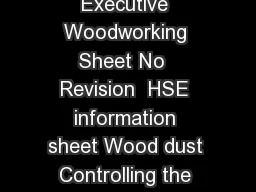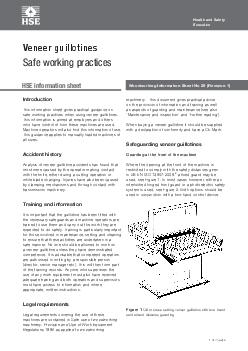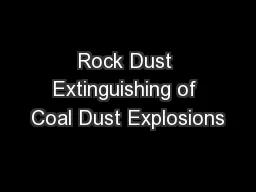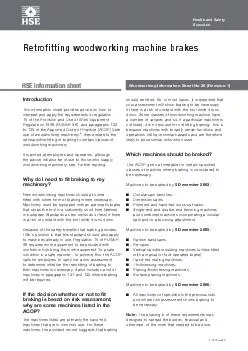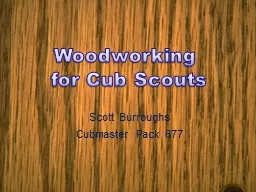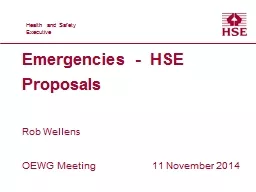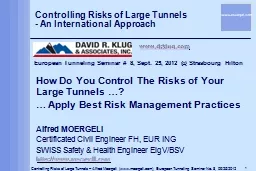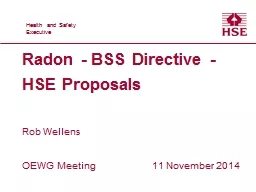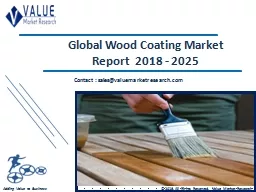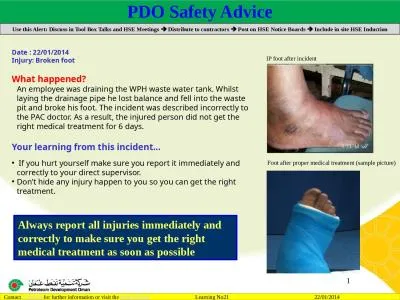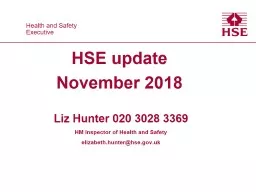PDF-of pages Health and Safety Executive Health and Safety Executive Woodworking Sheet No
Author : ellena-manuel | Published Date : 2014-11-11
123 It provides advice for woodworking employers It explains what the health and safety risks from wood dust are and how they can be controlled It will also help
Presentation Embed Code
Download Presentation
Download Presentation The PPT/PDF document " of pages Health and Safety Executive H..." is the property of its rightful owner. Permission is granted to download and print the materials on this website for personal, non-commercial use only, and to display it on your personal computer provided you do not modify the materials and that you retain all copyright notices contained in the materials. By downloading content from our website, you accept the terms of this agreement.
of pages Health and Safety Executive Health and Safety Executive Woodworking Sheet No: Transcript
Download Rules Of Document
" of pages Health and Safety Executive Health and Safety Executive Woodworking Sheet No"The content belongs to its owner. You may download and print it for personal use, without modification, and keep all copyright notices. By downloading, you agree to these terms.
Related Documents

